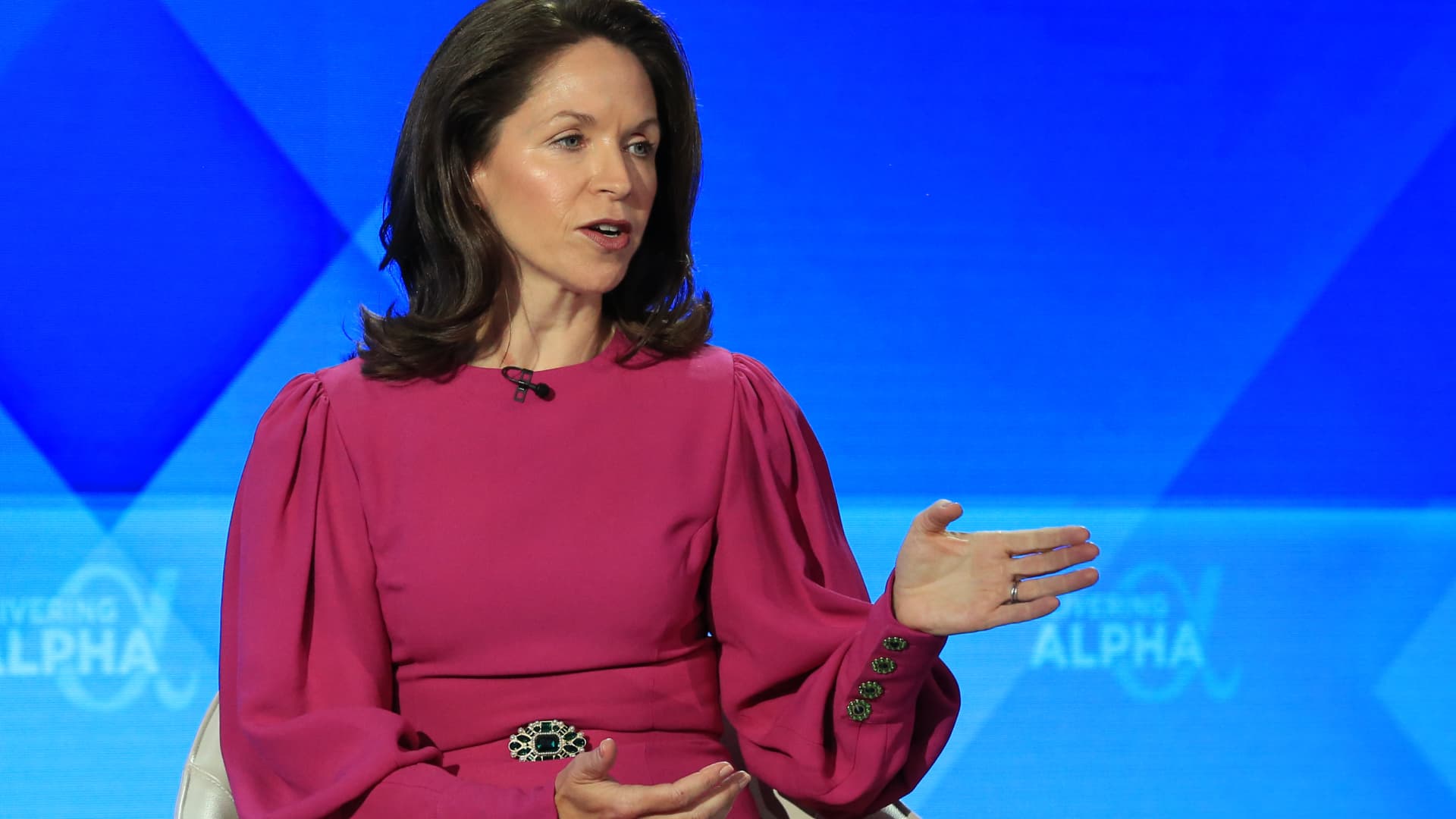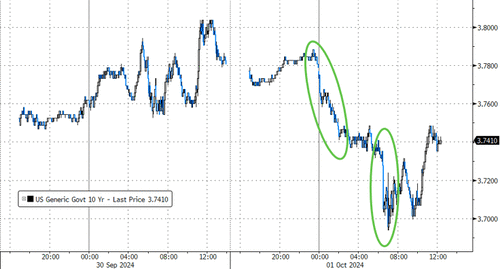Tara Moore
Yesterday morning (September 27th), Energy Transfer LP (ET) revealed the terms for the consent solicitation it is offering holders of Crestwood Equity Partners LP (CEQP, CEQPPR) preferred units as part of its acquisition of Crestwood.
My knee-jerk reaction when I saw a request for consent to alter the preferreds units was aggressively negative. Looking at the terms, however, while the consent fee is rather small at $.182546 (or about 2 points on the preferred units $9.13 par value), the requested changes are relatively minor and aren’t even all negative for preferred holders. For a brief reminder, CEQP preferred units have several highly favorable terms that make them attractive. Among those features are lack of callability (unless the parent is acquired for cash), a high fixed coupon of 9.25%, a deficiency rate that add 2.8125% to the 9.25% coupon if preferred distributions are not paid, and 2/3 vote of holders required to change terms, The provisions that ET is hoping to do away with are:
- the Deficiency Rate with respect to distributions payable to the Preferred Holders during any quarter in which distributions are accrued and unpaid, and eliminate the 2.8125% rate of increase per quarter to any accrued and unpaid distributions;
- the current 2/3 vote of holders requirement to accept changes to preferred unit terms and match current Energy Transfer preferred unit vote hurdles of a majority of holders.
However, they are also adding some features that are to the benefit of holders. Specifically, they are increasing the redemption price paid to any preferred holder who chooses to sell their securities to Energy Transfer upon closing of the deal to $9.857484 per unit (108% of par). Preferred holders who give consent and tender would also receive the consent fee of $.182546. $10.04 is much better than $9.21 per preferred unit, the original redemption price.
Energy Transfer is also offering Preferred Holders the right to receive (and share pro rata with holders of Common Units in) any portion of any quarterly cash distribution made in the normal course to holders of Common Units that is in excess of an amount that is the greater of ((i)) the amount of the highest previously paid quarterly cash distribution after the date of the merger and ((II)) the amount equal to 115% of the quarterly cash distribution for the immediately preceding quarter.
I think this special distribution provision isn’t worth much, as ET has made only one special distribution in the past 20 years. Still, lowering the hurdle is a nice addition for preferred holders.
Similarly, I don’t think getting rid of the deficiency payment is a big deal. ET is in good shape credit wise. Moreover, it can’t pay common distributions without paying preferred distributions. Even in the depths of Covid, ET cut the common distribution in half rather than eliminate it. That means the preferred holders’ distributions were never at risk. I think the odds of the company suspending preferred distributions is highly unlikely and, therefore, eliminating the deficiency provision is sort of moot.
Conclusion
Net net, I think the consent request is reasonable since the changes in my opinion are minimal and a few are even to the benefit of holders. I plan on giving my consent and taking the 2 point consent fee.
Subscribers to Catalyst Hedge Investing, my Investment Group, got an early look at this article in addition to exclusive access to the majority of my articles as well as a lively chat board that I moderate, a model portfolio that I curate.
















